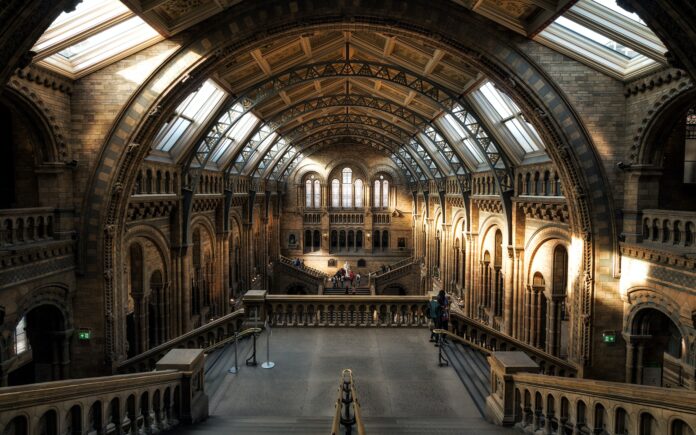Industry Overview
What is museum ?
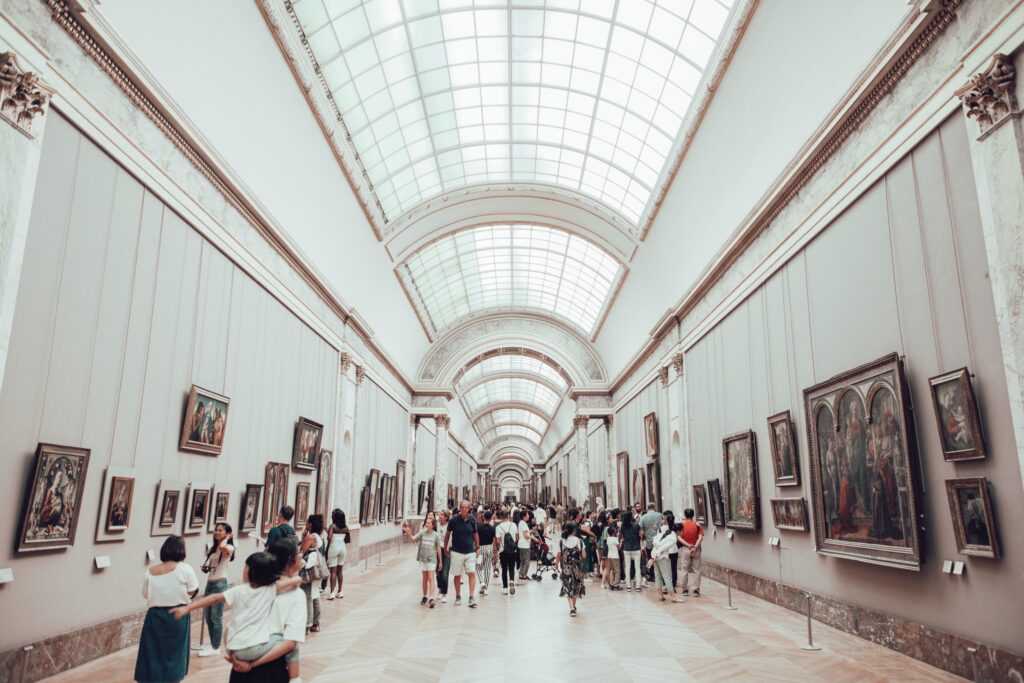
A museum is an institution dedicated to preserving and interpreting the tangible and intangible heritage of humanity and its environment. This includes objects, artifacts, artworks, specimens, documents, and other items of cultural, historical, or scientific significance. Museums typically collect, conserve, research, exhibit, and educate the public about their collections.
Here are some key characteristics of museums, according to the International Council of Museums (ICOM):
- Non-profit: Museums operate for the benefit of the public, not for private gain.
- Permanent: Museums have a long-term commitment to preserving and interpreting their collections.
- Serve society: Museums are educational and cultural institutions that play a vital role in society.
- Research: Museums conduct research on their collections and related topics.
- Collect: Museums acquire and manage collections of objects.
- Conserve: Museums ensure the long-term preservation of their collections.
- Interpret: Museums communicate the significance of their collections to the public.
- Exhibit: Museums display their collections to the public.
Museums come in many different types, each with its own focus and specializations. Here are some examples:
- Art museums: These museums house collections of paintings, sculptures, drawings, and other works of art.
- History museums: These museums focus on the history of a particular place, period, or culture.
- Science museums: These museums explore the natural world and scientific discoveries.
- Children’s museums: These museums are designed for children and offer hands-on exhibits and activities.
- Specialized museums: These museums focus on a specific topic, such as aviation, music, or technology.
Museums play an important role in our lives by:
- Preserving our heritage: Museums collect and preserve objects that tell the story of our past.
- Educating the public: Museums provide opportunities for people of all ages to learn about different cultures, history, and science.
- Promoting understanding: Museums can help us to understand different perspectives and cultures.
- Inspiring creativity: Museums can be a source of inspiration for artists, designers, and others.
- Contributing to the economy: Museums create jobs and contribute to the tourism industry.
Why required museum ?
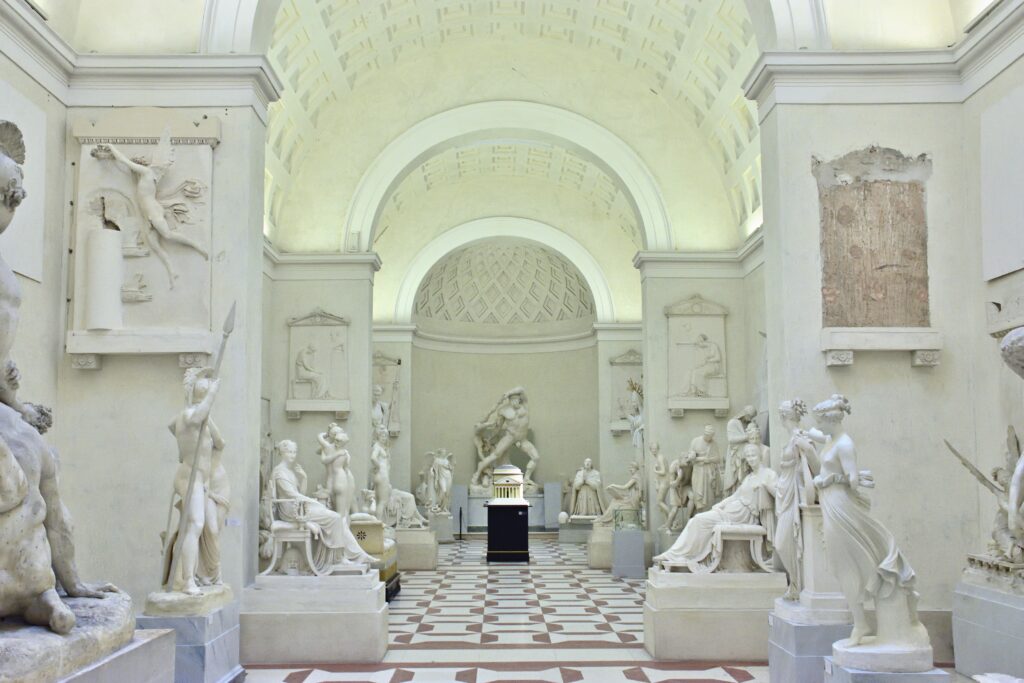
Museums serve several important purposes that make them crucial institutions in our society. Here are some of the key reasons museums are required:
Preserving and protecting history:
Museums act as guardians of our past, collecting and preserving artifacts, documents, and other objects that tell the story of human civilization. These objects provide invaluable insights into past cultures, technologies, and societies. Without museums, many of these historical treasures would be lost or destroyed.
Educational and cultural enrichment:
Museums offer unique opportunities for learning and cultural enrichment. Visitors can explore diverse exhibitions, engage with interactive displays, and participate in educational programs. This exposure can broaden perspectives, cultivate critical thinking skills, and spark a lifelong interest in learning.
Inspiring creativity and innovation:
Museums showcase the artistic achievements of humanity, from ancient masterpieces to contemporary art installations. This exposure can inspire creativity, ignite artistic expression, and foster innovative thinking in various fields.
Community building and social engagement:
Museums serve as vibrant community centers that bring people together from different backgrounds and interests. They offer a platform for dialogue, cultural exchange, and shared experiences, fostering a sense of belonging and community spirit.
Promoting critical thinking and challenging perspectives:
Museums encourage critical thinking by presenting diverse narratives and perspectives on historical events, cultural practices, and scientific discoveries. This can challenge preconceived notions, promote open-mindedness, and encourage critical engagement with the world around us.
Economic and tourism benefits:
Museums contribute significantly to the economy by generating jobs, attracting tourism, and stimulating local businesses. They can revitalize urban spaces, promote cultural heritage, and enhance the overall image of a city or region.
Promoting social justice and understanding:
Museums can play a vital role in promoting social justice and understanding by addressing sensitive topics, challenging discrimination, and celebrating diversity. They can provide a platform for marginalized voices and serve as catalysts for social change.
Serving as research institutions:
Museums are also active research centers where scholars and experts conduct investigations on various topics related to their collections. This research contributes to the advancement of knowledge in diverse fields, enriching our understanding of the world and its past.
In conclusion, museums are not simply repositories of artifacts but dynamic institutions that serve a multitude of essential purposes. They enrich our lives by preserving history, fostering knowledge, inspiring creativity, building communities, and promoting critical thinking and social awareness. With their diverse collections and engaging programs, museums remain crucial institutions in our society, enriching lives and shaping a better future.
Which is the biggest museum in the world ?
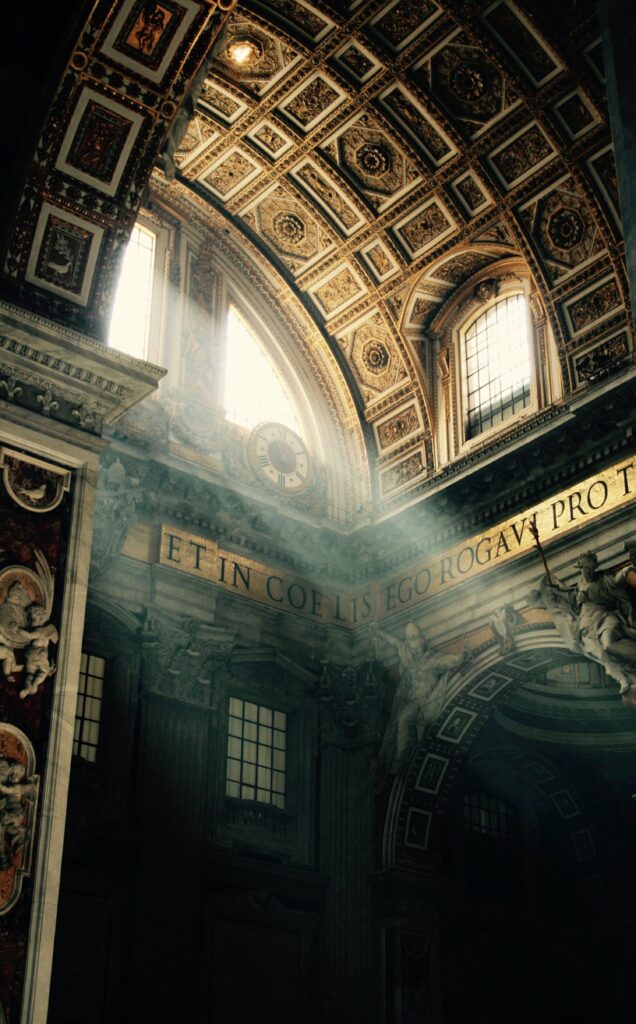
The biggest museum in the world, based on total exhibition space, is the Louvre Museum in Paris, France. It boasts a staggering 782,910 square feet (72,735 square meters) of dedicated exhibition space. This is roughly the equivalent of 280 tennis courts!
The Louvre houses an incredible collection of over 380,000 objects spanning various periods and cultures, from ancient civilizations to the 21st century. Some of its most famous exhibits include the Mona Lisa, Venus de Milo, Winged Victory of Samothrace, and Napoleon III’s Apartments.
Here are some other contenders for the title of “biggest museum in the world,” each with its impressive dimensions:
State Hermitage Museum, Saint Petersburg, Russia: 66,842 square meters (720,000 square feet)
National Museum of China, Beijing, China: 650,000 square meters (7 million square feet)
The Metropolitan Museum of Art, New York City, USA: 190,000 square meters (2 million square feet)
Vatican Museums, Vatican City: 42,000 square meters (450,000 square feet)
These museums, like the Louvre, showcase vast collections of cultural treasures and offer visitors a glimpse into different eras and civilizations.
LIst Out biggest museum in the world
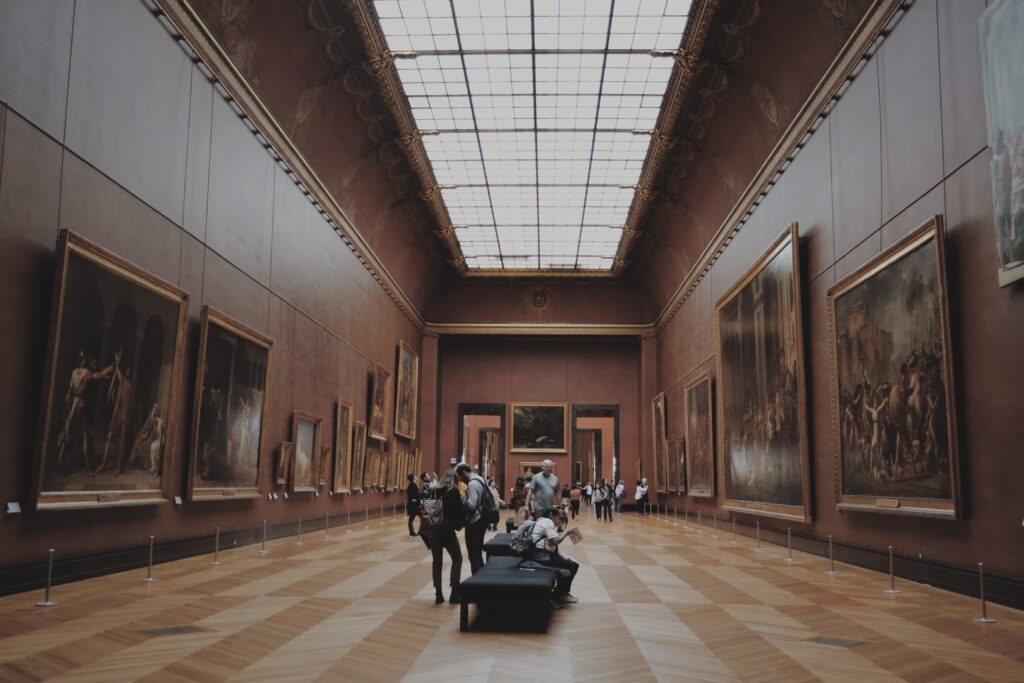
Biggest Museums in the World by Exhibition Space:
- Louvre Museum, Paris, France: 782,910 sq ft (72,735 sq m)
- State Hermitage Museum, Saint Petersburg, Russia: 66,842 sq m (720,000 sq ft)
- National Museum of China, Beijing, China: 650,000 sq m (7 million sq ft)
- The Metropolitan Museum of Art, New York City, USA: 190,000 sq m (2 million sq ft)
- Vatican Museums, Vatican City: 42,000 sq m (450,000 sq ft)
- National Gallery of Art, Washington D.C., USA: 86,000 sq m (925,950 sq ft)
- British Museum, London, UK: 72,000 sq m (775,000 sq ft)
- Prado Museum, Madrid, Spain: 58,000 sq m (624,000 sq ft)
- Musée National d’Art Moderne, Paris, France: 57,000 sq m (614,000 sq ft)
- Guggenheim Museum, New York City, USA: 50,000 sq m (538,000 sq ft)
Note: This list focuses on exhibition space, not total area. Some museums, like the Louvre, have larger total areas due to administrative buildings, storage facilities, and other non-exhibition spaces.
Here are some additional museums with impressive exhibition space:
- Tokyo National Museum, Tokyo, Japan: 70,000 sq m (750,000 sq ft)
- National Museum of Korea, Seoul, South Korea: 70,000 sq m (750,000 sq ft)
- Rijksmuseum, Amsterdam, Netherlands: 60,000 sq m (645,000 sq ft)
- Hermitage Amsterdam, Amsterdam, Netherlands: 36,000 sq m (387,500 sq ft)
- National Museum of Anthropology, Mexico City, Mexico: 79,700 sq m (857,900 sq ft)
This list is not exhaustive, and there are many other large and impressive museums around the world.
Which is the largest museum in india
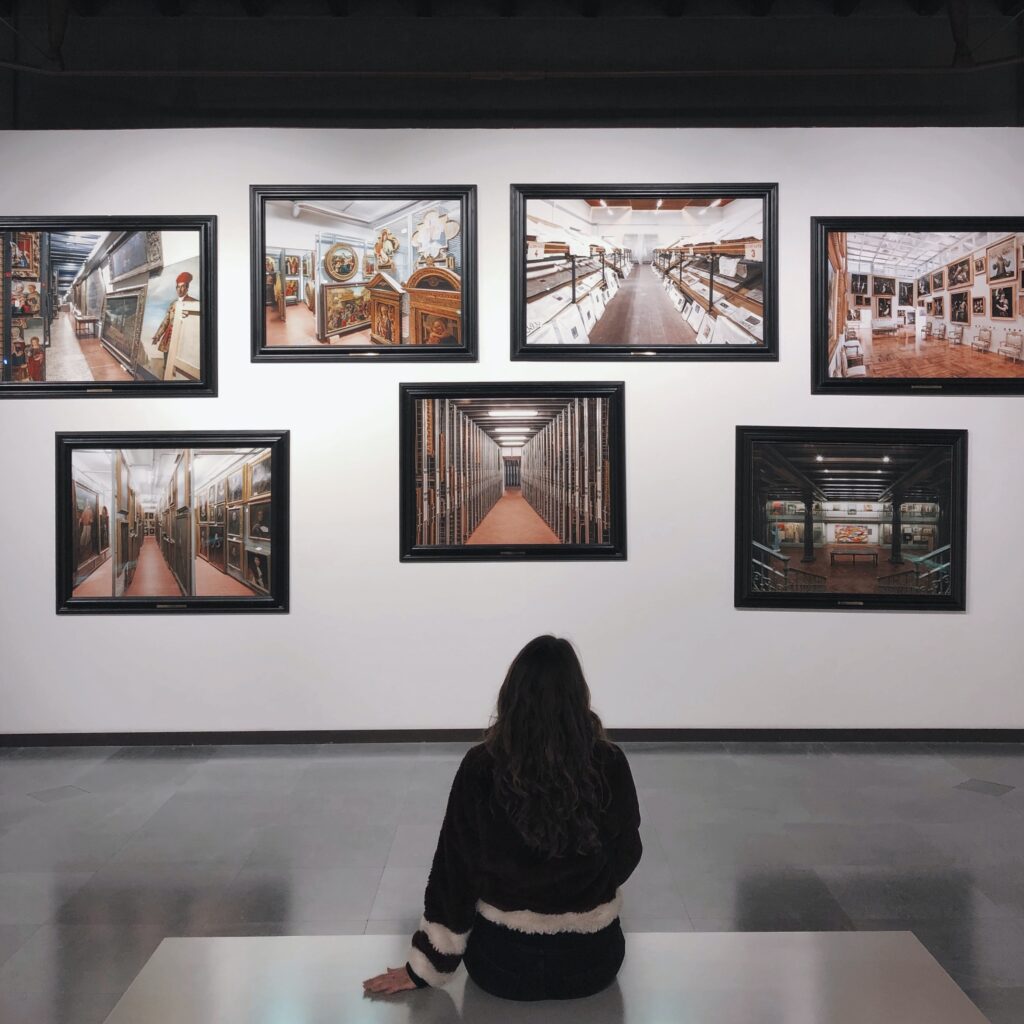
The largest museum in India by exhibition space is the Indian Museum in Kolkata, West Bengal. It boasts a total area of 91,000 square meters (979,700 square feet), of which 65,000 square meters (700,000 square feet) are dedicated to exhibition space.
The Indian Museum houses one of the largest and most diverse collections in Asia, covering a wide range of subjects including archaeology, anthropology, art, geology, numismatics, and zoology. It consists of six sections:
- Art: Indian, Egyptian, Assyrian, Chinese, Japanese, and European art
- Archaeology: Indus Valley Civilization, Mauryan Empire, Gupta Dynasty, Mughal Empire, etc.
- Anthropology: Tribal cultures, human evolution, and artifacts from various regions of India
- Zoology: Animal skeletons, fossils, and taxidermied specimens
- Geology: Minerals, rocks, and gemstones
- Numismatics: Coins and currency from different historical periods of India
The Indian Museum is a treasure trove of Indian history and culture, attracting visitors from all over the world. It is a must-visit for anyone interested in the rich heritage of India.
Famous museums in India
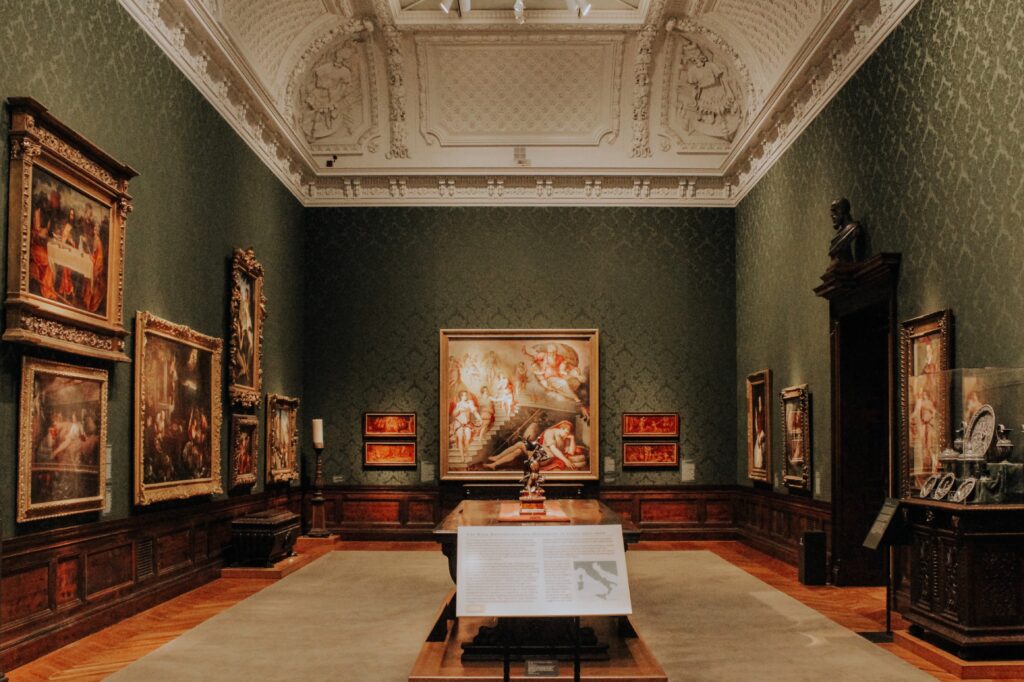
India boasts a wealth of diverse and fascinating museums, each offering unique collections and experiences. Here are some of the most famous museums in India:
National Museum, Delhi: This iconic museum houses over 200,000 artifacts spanning pre-historic to modern times, offering an extensive overview of Indian history and culture.
Indian Museum, Kolkata: One of the largest museums in Asia, with a collection encompassing archaeology, anthropology, art, geology, numismatics, and zoology.
Chhatrapati Shivaji Maharaj Vastu Sangrahalaya, Mumbai: Previously known as the Prince of Wales Museum, it features an extensive collection of Indian art, including sculptures, paintings, textiles, and decorative objects.
Salar Jung Museum, Hyderabad: This museum houses the largest one-man collection in the world, with a diverse collection of artifacts from India and around the world.
Government Museum, Chennai: This museum boasts a comprehensive collection of South Indian art, archaeology, and natural history.
National Rail Museum, Delhi: This unique museum showcases the history of Indian railways through locomotives, carriages, and memorabilia.
Shankar’s International Dolls Museum, Delhi: This charming museum houses a collection of dolls from around the world, offering a glimpse into diverse cultures and traditions.
City Palace Museum, Jaipur: Located within the opulent City Palace complex, this museum showcases the rich history and royal treasures of the Jaipur royal family.
Albert Hall Museum, Jaipur: This museum houses an impressive collection of Rajput art, including paintings, textiles, and weapons.
Victoria Memorial, Kolkata: This majestic marble building houses a museum dedicated to the British Raj in India, featuring artifacts, documents, and paintings.
DakshinaChitra Heritage Museum, Chennai: This open-air museum recreates the traditional architecture and lifestyles of South India.
Partition Museum, Amritsar: This museum focuses on the tragic partition of India and Pakistan in 1947, showcasing personal belongings, photographs, and oral histories.
Sulabh International Museum of Toilets, Delhi: This unique museum explores the history and evolution of toilets, offering a fascinating look at sanitation practices around the world.
Tribal Museum, Bhopal: This museum showcases the rich cultural heritage of the tribal communities of India, featuring artifacts, clothing, and musical instruments.
Visvesvaraya Industrial & Technological Museum, Bengaluru: This museum focuses on science, technology, and industry in India, with interactive exhibits and hands-on activities.
These are just a few of the many famous museums in India. Each museum offers a unique window into the country’s rich history, culture, and artistic heritage.
Additional factors to consider when choosing museums to visit:
- Your interests: What are you most interested in learning about?
- Location: Where are you staying in India?
- Time constraints: How much time do you have to visit museums?
- Accessibility: Are the museums accessible to people with disabilities?
I recommend researching individual museums and their collections to choose those that best align with your interests and travel itinerary.
Museum Impact Social Society
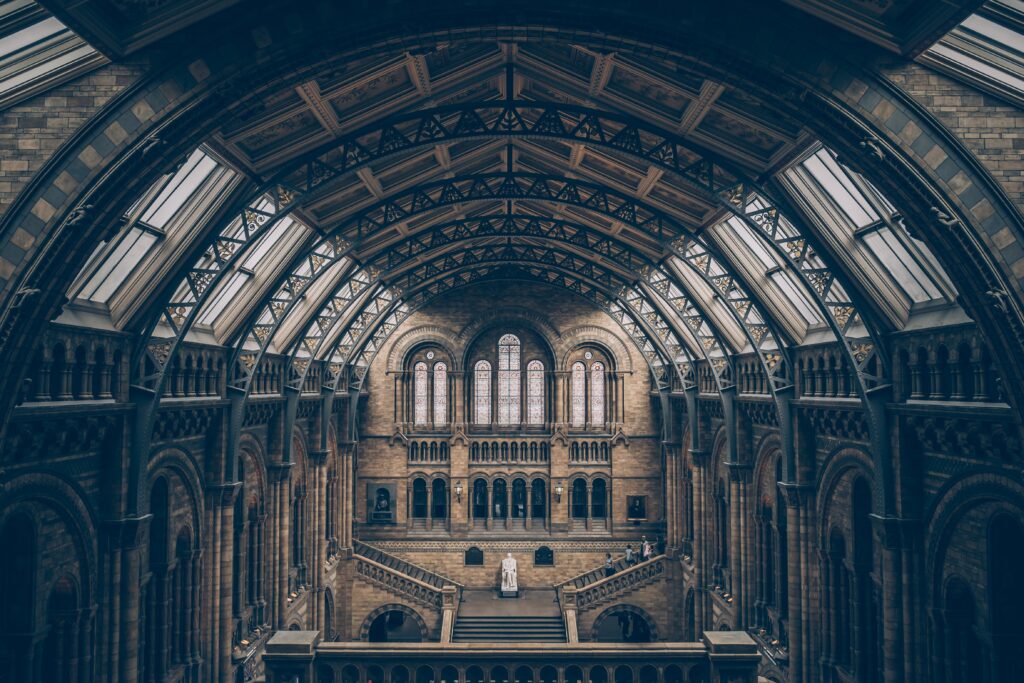
Museums have a profound impact on social society, playing a vital role in various aspects of our lives. Here are some key ways museums impact social society:
1. Education and Lifelong Learning
Museums provide educational opportunities for people of all ages, regardless of background or educational attainment. They offer interactive exhibits, educational programs, and workshops that promote learning and critical thinking skills.
Museums can be particularly valuable for underserved communities with limited access to educational resources. They can provide a safe and stimulating environment for children and adults to learn about different cultures, history, and the arts.
Museums can also play a role in promoting social change by addressing important social issues through exhibits and programming.
2. Promoting Cultural Understanding and Appreciation
Museums house and display diverse collections of art, artifacts, and cultural objects from around the world. This exposure can foster an appreciation for different cultures and traditions, promoting intercultural understanding and tolerance.
Museums can also serve as a platform for dialogue and exchange between different cultural groups, helping to break down stereotypes and build cultural bridges.
Additionally, museums can contribute to the preservation and revitalization of endangered cultures and traditions.
3. Enhancing Public Health and Well-being
Research has shown that visiting museums can have a positive impact on mental and physical health. Studies suggest that museums can reduce stress, improve cognitive function, and promote feelings of well-being.
Museums can also provide opportunities for social interaction and physical activity, contributing to overall public health.
4. Supporting Economic Development
Museums can be a significant economic driver, attracting tourists and generating revenue for local businesses. They can also create jobs and contribute to the revitalization of urban areas.
Museums can also act as catalysts for economic development by attracting new businesses and investments to a region.
5. Fostering Community Engagement and Social Cohesion
Museums can serve as community centers, providing spaces for people to gather, learn, and connect. They can offer programs and events that appeal to diverse audiences, bringing people together from different backgrounds.
Museums can also play a role in promoting social inclusion by providing opportunities for people with disabilities and other marginalized groups to participate in cultural activities.
Additional impacts of museums on social society:
Museums can play a role in preserving the environment by promoting sustainable practices and educating visitors about environmental issues.
Museums can be used for research and to collect and preserve data on various historical, cultural, and scientific topics.
Museums can provide opportunities for volunteerism and community service.
Conclusion
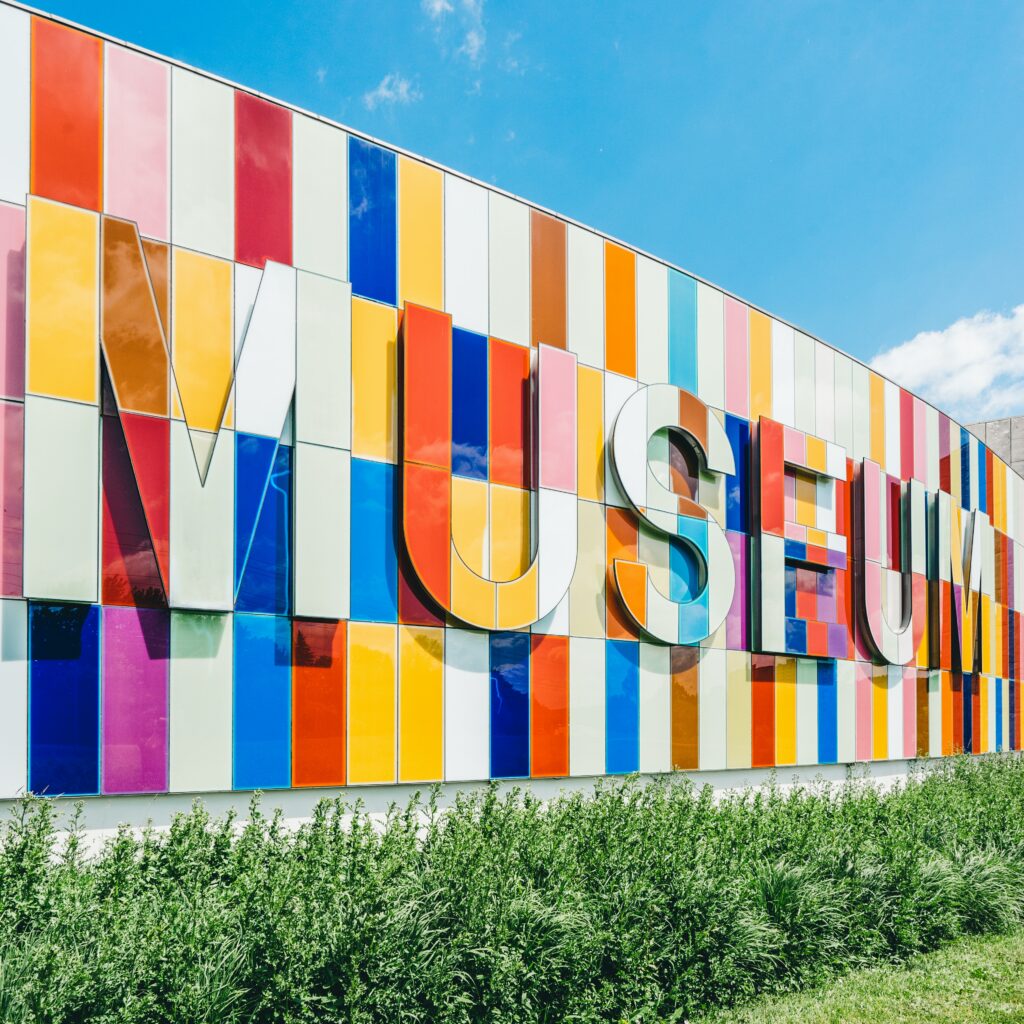
Overall, museums are powerful institutions that can positively impact individuals and communities in numerous ways. They are valuable resources for education, cultural understanding, public health, economic development, and community engagement.
